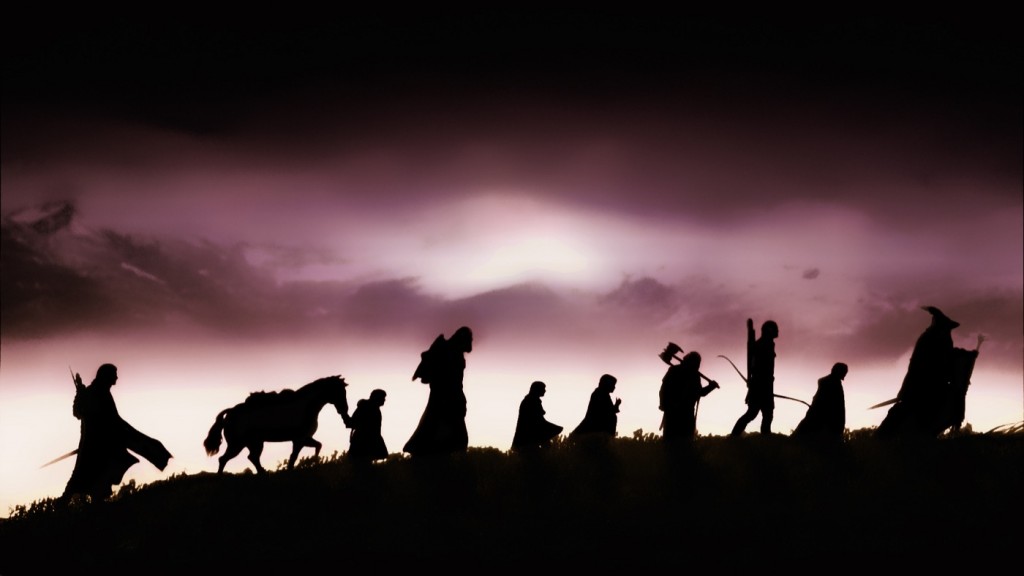
Making sense of literary subgenres
By Caroline Ho, Arts Editor
The fantasy genre includes a lot more than just a bunch of sorcerers running around Medieval Europe-esque worlds fulfilling ancient prophecies. There’s an immeasurable variety of subgenres and styles within fantasy, and one way to start sifting through them is with the labels of “high fantasy” and “low fantasy.” There’s no simple split between the two, and a lot of authors are reluctant to categorize their works so tidily, but as readers it can be useful to try to understand what these terms mean.
First is distinguishing fantasy from science fiction. The two fall under the broader umbrella of speculative fiction, which refers to any fiction in a world that deviates from our own in any way, whether it’s through alternative history, post-apocalyptic, paranormal elements, or full-on magic. Generally, science fiction features aspects like futuristic technology and space travel, while fantasy deals with magic and the supernatural. The distinction is a lot more nuanced and overlapping than that, but that’s a divide for another day.
Under this fluffy heading of “Magic and Stuff” are high fantasy and low fantasy, and there are a lot of different ways to categorize them. The most common and traditional way to sort the two is based on whether a story takes place in a secondary world or on Earth. By this classification, Harry Potter would be regarded as low fantasy, since the setting coexists alongside ordinary Muggle life. Something like A Song of Ice and Fire is high fantasy, because Westeros and Essos are loosely based on real continents but aren’t analogous to Earth.
But you might notice that Harry Potter features a lot more explicit magic than ASoIaF, which seems contradictory if it’s a “lower” kind of fantasy. There’s also the argument that Harry Potter occurs in a world within a world—that the wizarding world (in the books and movies that is, not the theme park) has enough unique locations—like Diagon Alley and Hogwarts—to make it a secondary world. It gets more complicated when you deal with books that take place partly on Earth, partly in a fictional world, like Lev Grossman’s The Magicians. So, another way to define high and low fantasy is based on the amount of magic or other fantastical elements, and on how heavily magic features into the plot.
Based on this, ASoIaF could be described as low fantasy, because it doesn’t have many overt magical elements. There are dragons, dire wolves, and Others, and there are smatterings of sorcery, but far more of the plot revolves around politics, military conflicts, and characters committing some very worldly backstabbing.
Even Lord of the Rings, the quintessential fantasy series and by far one of the richest secondary worlds out there, can be challenged as low fantasy. Although Middle-earth has fictional races with superhuman abilities, magic itself doesn’t feature hugely in the story, and aside from a few Gandalf scenes, there’s barely any flinging of spells left and right—not nearly as much as, say, Brandon Sanderson’s Elantris, where the magic system is very much built into society.
Because “amount of magic” is a pretty imprecise measurement, another way to organize high and low fantasy is thematically. By this definition, high fantasy is identified as epic fantasy. It deals with heroic quests and clashes of ultimate good versus evil, such as David Eddings’ The Belgariad. Of course, the internal struggles of individual characters are usually still a major feature, because it wouldn’t be a very engaging story otherwise, but in general the plot revolves around a grand battle over the fate of the world.
The antithesis of this would be fantasy that focuses on the darker aspects of human nature and very personal conflicts. Instead of farm boys becoming champions, the protagonists are often anti-heroes who are morally ambiguous at best. This definition basically equates low fantasy with the “grimdark” genre (which is another fun can of worms). Joe Abercrombie’s The First Law series is often touted as one of the cornerstones of grimdark, and is often considered low fantasy, even though it takes place in an entirely fictional world and follows a ragtag band of characters—including a super-powerful wizard—on an epic quest.
The moral of the story is that there really is no consensus about the classification of high and low fantasy. There are a lot of metrics for judging a piece of fiction, and if it is a spectrum from high to low, it’s a spectrum with as many dimensions as Philip Pullman’s His Dark Materials. Categories can be useful for finding similar books when browsing for recommendations, but ultimately the literary subgenre is unimportant, as long as it’s a fantastic read.



